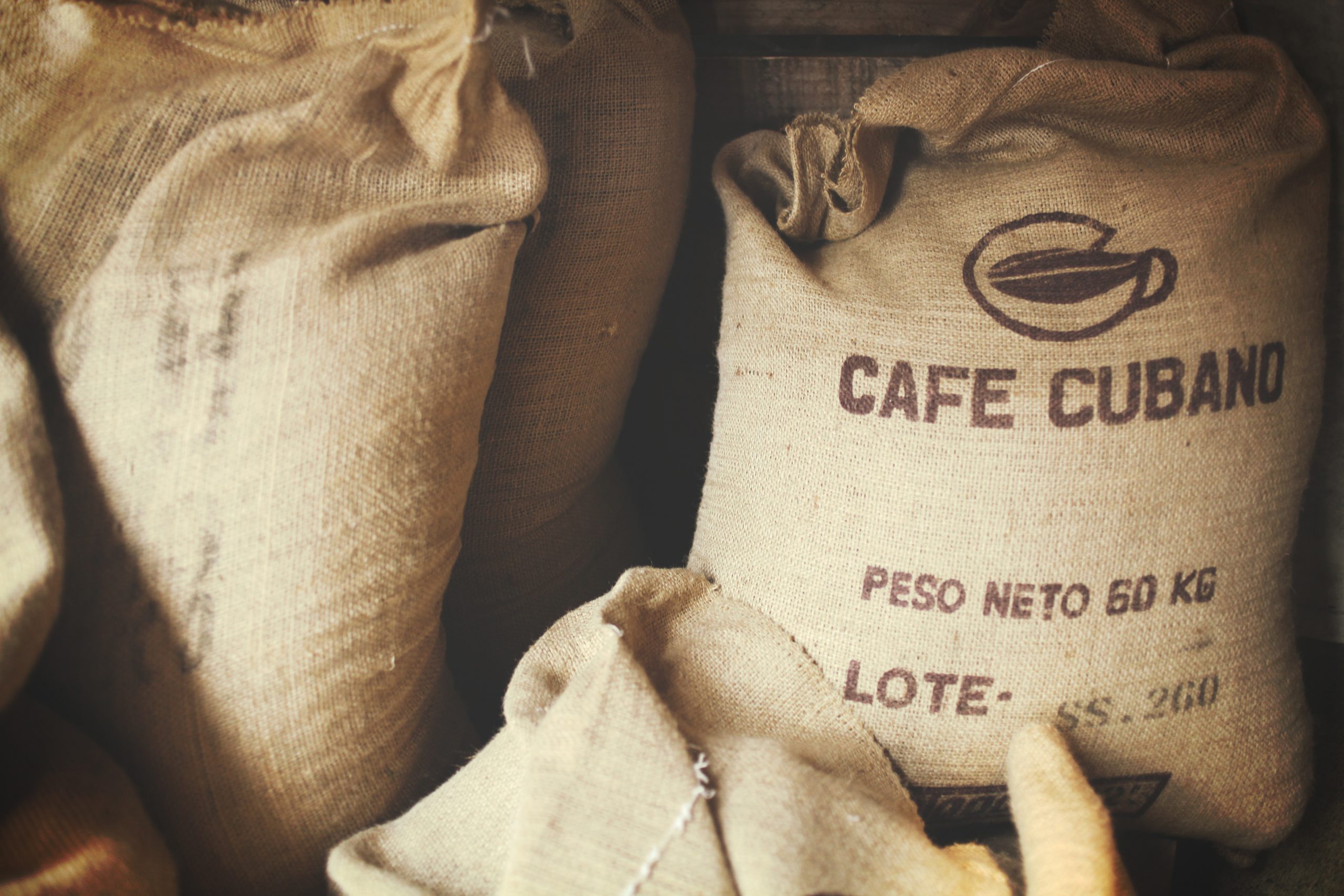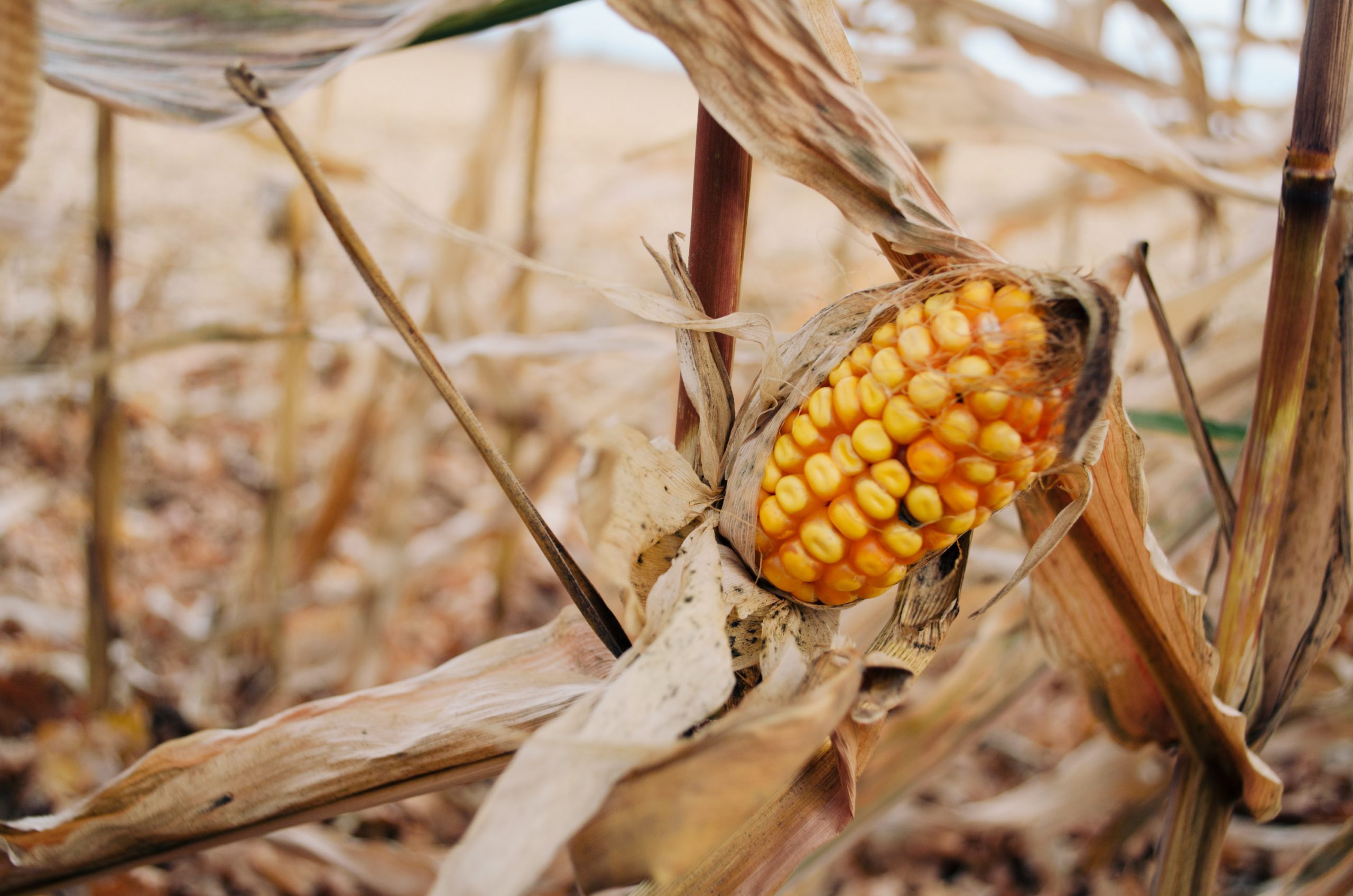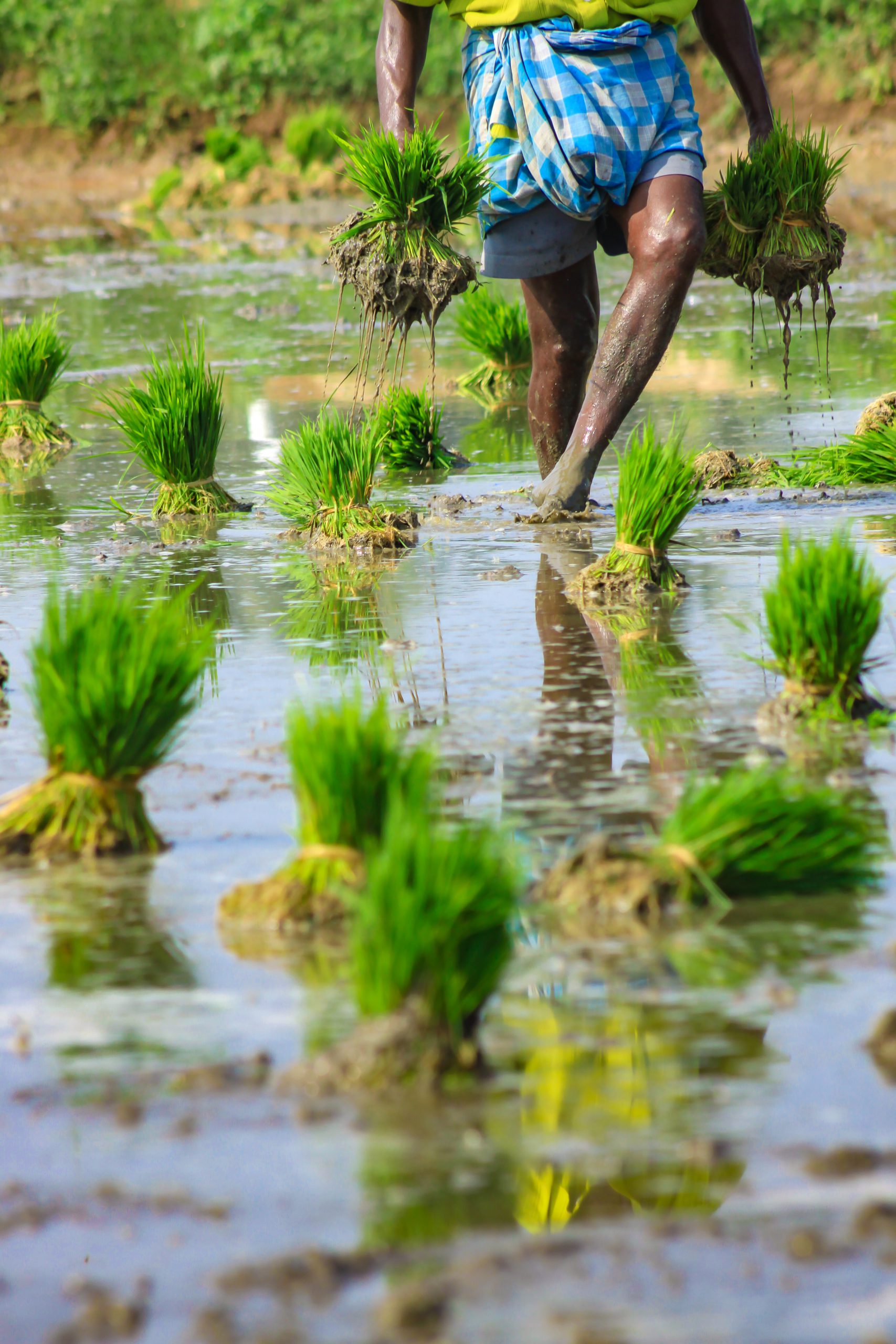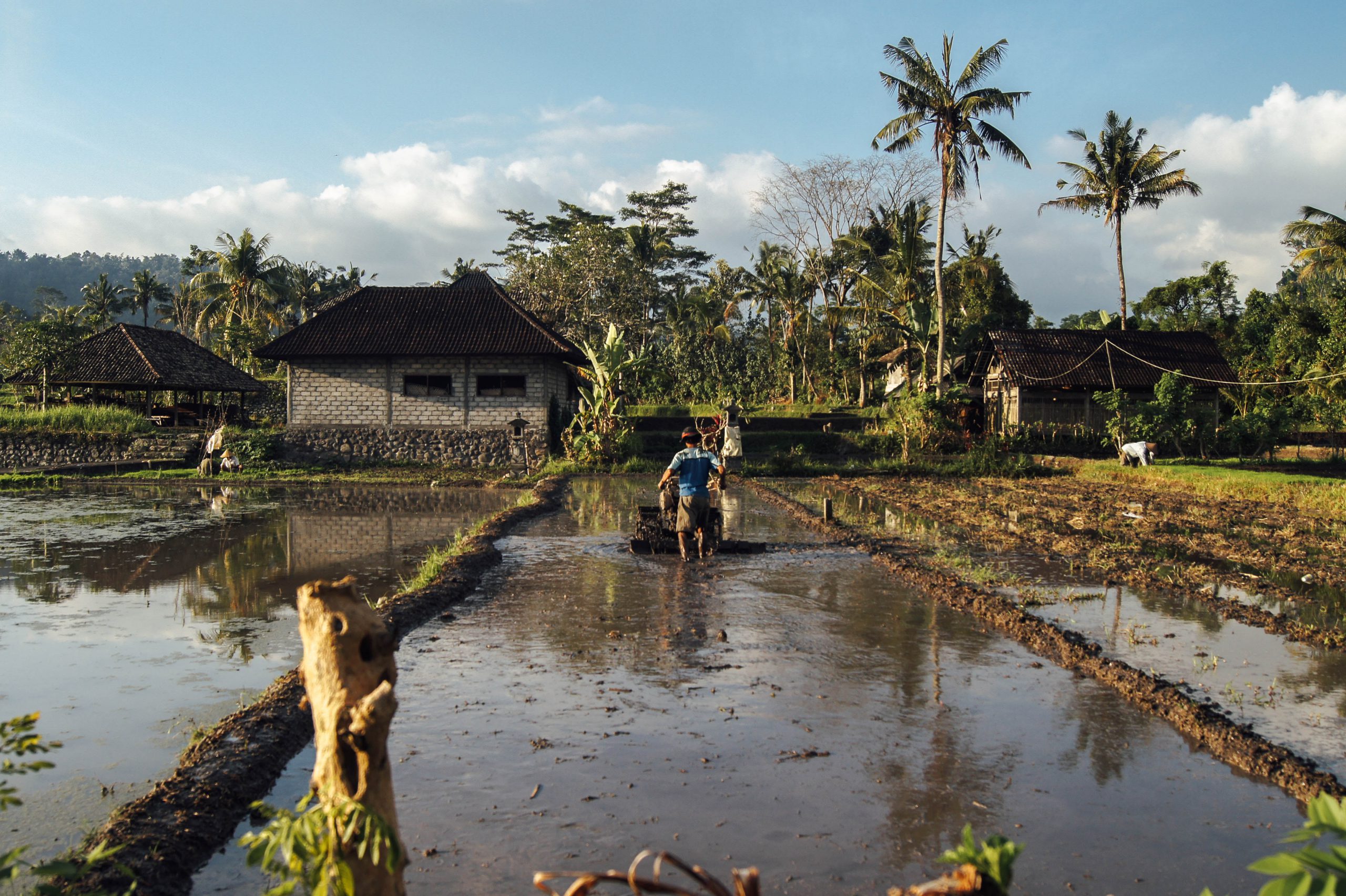How will Europe’s food economy and security be impacted by climate change?
Agriculture is one of the most important sectors in the EU. Yet the EU cannot singlehandedly meet all its agricultural needs, and it imports what it can’t produce. For example, most soybeans necessary for feeding cattle and fish are grown outside the EU – meaning changing climatic conditions in the major soy export countries pose a significant risk to European food security.
At the same time, climate impacts outside the EU may present certain opportunities for the European economy. For instance, as climate change affects food production in different regions, the EU might gain additional markets and could become an export region for new products.
Our storylines will focus on key agricultural trade products, identified on the basis of:
- economic significance
- the EU’s dependency on other territories
- importance to the EU’s agri-food exports
- climate-related impact on supplies
- consequences for the EU’s food security
When constructing the storylines, we will:
- identify key crop products
- map the producing regions and main trade partners
- assess climate change impacts
- identify how the EU’s economy and food security might respond to potential shocks in the production process caused by climate change
- advise on adaptation strategies and their policy implications for the EU
Find out more about critical agriculture hotspots for Europe and how climate change exacerbates these dependencies in our interview with expert Ertug Ercin from R2 Water.
Access the Climate storyline visualiser to learn more about the Agriculture storyline. Challenge your knowledge about cross-border climate impacts taking the Climate storyline quiz.






